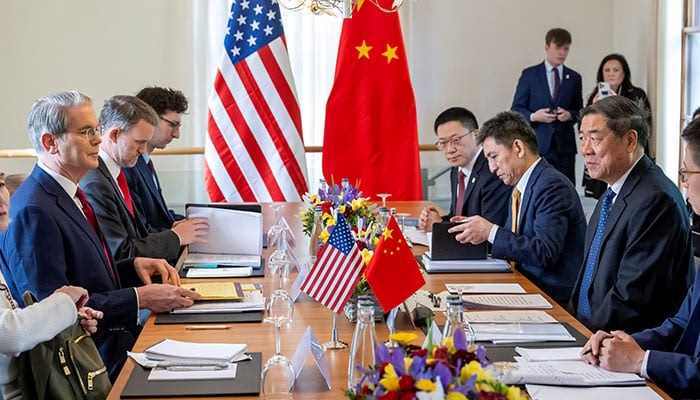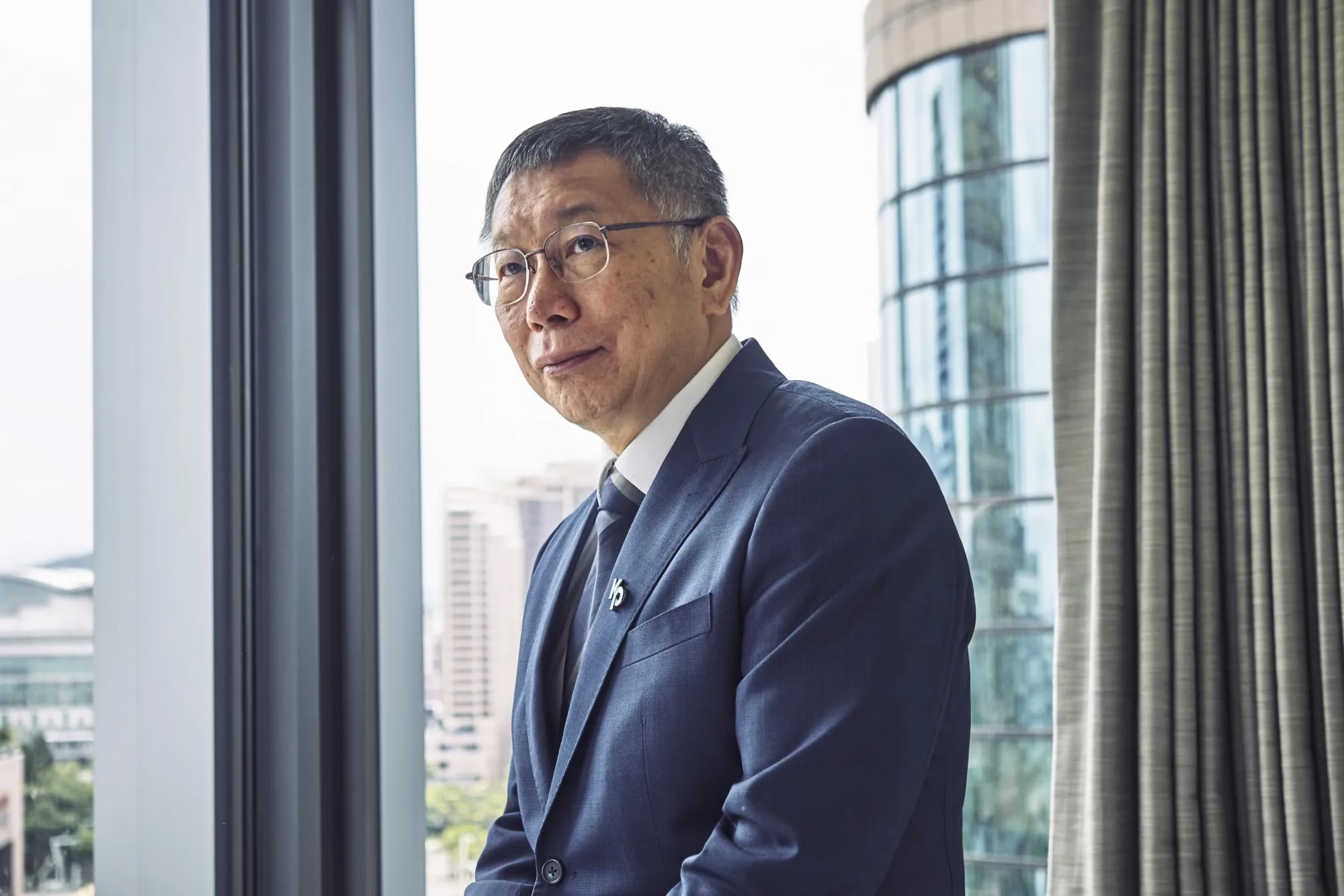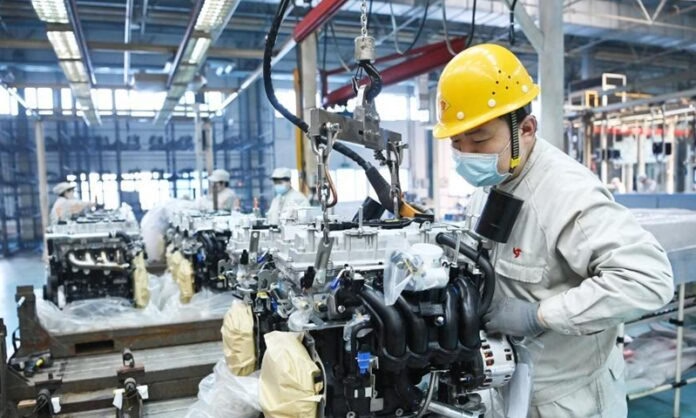Top US and Chinese officials held over five hours of face-to-face negotiations on Monday in Stockholm in a renewed effort to ease trade tensions and prevent a new wave of economically damaging tariffs. The talks took place at Rosenbad, the office of the Swedish Prime Minister, and marked a critical step in attempts to rebuild trust and stabilize relations between the world’s two largest economies.
High-Level Delegations Convene for Key Discussions
The US delegation was led by Treasury Chief Scott Bessent, while China’s Vice Premier He Lifeng represented Beijing. Both officials arrived at the venue in the early afternoon and stayed behind closed doors until around 8 PM local time (1800 GMT). Neither side provided public comments after the initial round of talks, but discussions are expected to continue into Tuesday.
The meeting comes just weeks ahead of an August 12 deadline for China to finalize a long-term tariff agreement with the administration of President Donald Trump. This agreement would follow preliminary deals made in May and June that temporarily paused escalating retaliatory tariffs and trade restrictions on rare earth minerals and high-tech exports.
Consequences Loom if No Agreement is Reached
Without a conclusive agreement, existing US tariffs could snap back to triple-digit rates, effectively leading to what analysts describe as a bilateral trade embargo. This would severely impact global supply chains, increase costs for manufacturers and consumers, and reignite market volatility. Rare earth minerals, which are crucial for a wide range of products including smartphones, electric vehicles, and military equipment, remain a key point of leverage for China.
Trump and Greer Weigh In on Progress
Speaking at a joint press conference in Scotland with UK Prime Minister Keir Starmer, President Trump acknowledged the talks and expressed hope that China would “open up their country” to fair trade. He emphasized the need for both nations to work together, though he stopped short of predicting any breakthrough.
US Trade Representative Jamieson Greer, who also participated in the Stockholm meetings, stated that a major deal was unlikely during this round of discussions. “What I expect is continued monitoring and checking in on the implementation of our agreement thus far, making sure that key critical minerals are flowing between the parties and setting the groundwork for enhanced trade and balanced trade going forward,” Greer told CNBC.
New EU Trade Deal Adds Context to US Strategy
The Stockholm talks follow Trump’s recent trade pact with the European Union, which was unveiled on Sunday and includes a 15% tariff on most EU goods exported to the US. This move signals Washington’s strategy of reshaping global trade agreements ahead of the 2026 US election, placing additional pressure on China to reach terms quickly.
Possibility of Xi-Trump Meeting in Late 2025
There is increasing speculation that these trade negotiations could pave the way for a face-to-face meeting between Trump and Chinese President Xi Jinping, possibly scheduled for late October or early November. Trade experts believe a 90-day extension of the current truce is likely, allowing negotiators to lay the groundwork for such a high-stakes summit.
According to the Financial Times, the US has recently paused certain tech export restrictions on China to avoid disrupting the trade discussions and to encourage Xi to meet with Trump later this year.
Legislative Pressure in Washington Could Complicate Talks
Meanwhile, back in the US, bipartisan groups in the Senate are preparing to introduce new bills targeting China’s human rights practices, its treatment of minority groups, and its policies toward Taiwan. These developments could add a layer of diplomatic tension that threatens to derail progress made in Stockholm.
Sources also revealed that Taiwan’s President Lai Ching-te may delay an August visit to the US, a move seen as an attempt to avoid further inflaming Beijing during the sensitive trade discussions. China views Taiwan as a breakaway province and strongly opposes any US support for its leadership.
Trade Talks Still Focused on Tariff Relief, Not Structural Reforms
While recent discussions in Geneva and London helped to reduce tariff escalation and resume trade in key goods like rare earth minerals and AI chips, deeper economic issues remain unaddressed. These include Washington’s concerns about China’s state-led economic model and Beijing’s frustrations over US national security-based tech restrictions.
Geneva and London were really just about trying to get the relationship back on track so that they could, at some point, actually negotiate about the issues which animate the disagreement between the countries in the first place,said Scott Kennedy of the Centre for Strategic and International Studies in Washington.
Scott Bessent has hinted at the possibility of extending the current agreement to allow for further dialogue. He also emphasized the need for China to shift its economy toward domestic consumption — a longstanding goal for US policymakers seeking a more balanced global trade environment.
Analysts note that resolving the US-China trade dispute will be far more complex than similar deals with other countries. China’s dominance in rare earth exports, a strategic asset in industries ranging from automotive to defense, gives it a strong bargaining position. As both sides return to the negotiating table, the world watches closely to see whether a sustainable agreement can be reached before the looming August deadline.



